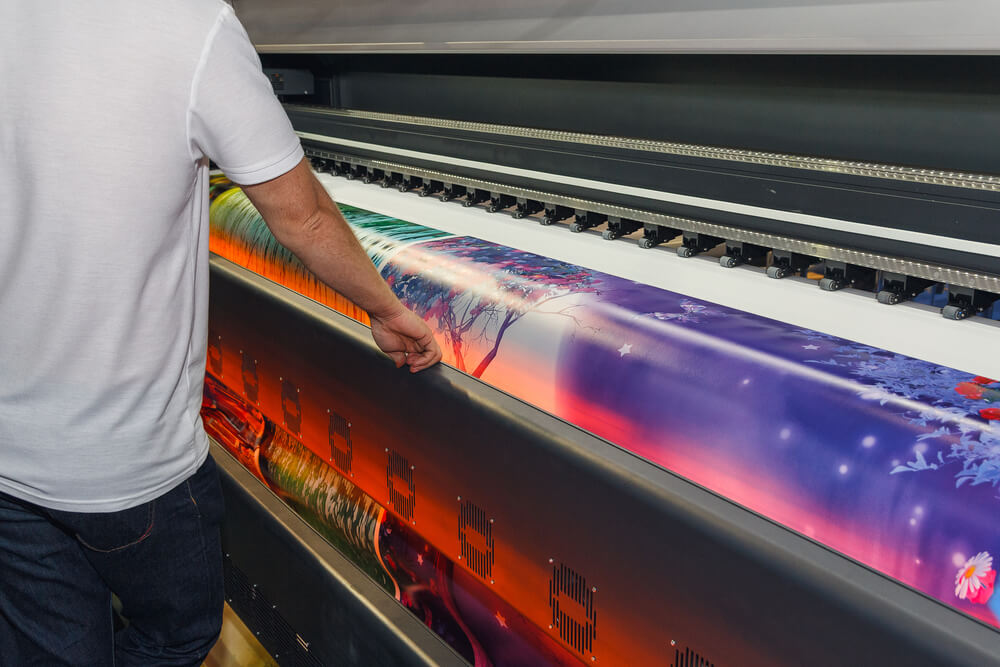In the evolving landscape of the printing industry, digital print education trends are at the forefront, driving innovation and change. The advent of digital technologies has not only transformed how we consume information but also how we produce and distribute it. As marketing professionals, understanding these trends is crucial for leveraging new opportunities and staying competitive.

The Rise of Digital Printing in Education
The integration of digital printing in education is a significant trend. Schools and universities are increasingly adopting digital print technologies to enhance learning experiences. From creating customized learning materials to facilitating interactive and engaging educational content, digital printing is revolutionizing the classroom.
Customization and Personalization
One of the primary benefits of digital printing is the ability to personalize content. Educational institutions can create tailored learning resources that cater to the individual needs of students. This trend not only improves learning outcomes but also fosters a more inclusive educational environment.
Cost Efficiency and Accessibility
Digital printing offers a cost-effective solution for producing educational materials. Unlike traditional printing methods, digital printing does not require large print runs, making it ideal for producing small quantities at a lower cost. This accessibility is particularly beneficial for schools with limited budgets.
Technological Advancements in Digital Printing
Technological advancements continue to drive digital print education trends. Innovations such as 3D printing and augmented reality are opening new possibilities for education. These technologies enable students to engage with content in more interactive and immersive ways.
3D Printing in Education
3D printing is becoming an integral part of education, allowing students to bring concepts to life and gain hands-on experience. From engineering to art, 3D printing provides a practical application of knowledge, enhancing the learning process. Explore more about 3D printing applications.
Augmented Reality in Print Media
Augmented reality (AR) is another exciting development in digital printing. By integrating AR into printed materials, educators can create dynamic and engaging content that captures students’ attention and enhances understanding. Discover how AR is transforming print media in our article on AR in print media.
Environmental Impact and Sustainable Practices
As the world becomes more environmentally conscious, the printing industry is also embracing sustainable practices. Digital printing offers several eco-friendly advantages, including reduced waste and lower energy consumption. Schools are increasingly adopting biodegradable printing materials to further minimize their environmental impact. Learn more about sustainable practices in biodegradable printing materials.
Eco-Friendly Printing Technologies
With growing concerns about climate change, there is a significant push towards eco-friendly printing technologies. Digital printing reduces the need for harmful chemicals and minimizes paper waste, aligning with the global effort to reduce carbon footprints.
Recycling and Waste Reduction
Recycling initiatives and waste reduction strategies are becoming integral to digital print education. By reusing materials and optimizing production processes, educational institutions can significantly reduce their environmental impact while fostering a culture of sustainability.
The Future of Digital Print Education
The future of digital print education trends looks promising as technology continues to evolve. Emerging trends such as laser printing advancements and the integration of artificial intelligence are set to further enhance educational experiences and outcomes. For a deeper dive into the future of the printing industry, visit our article on the future of publishing industry.
Artificial Intelligence in Printing
Artificial Intelligence (AI) is poised to revolutionize digital printing by optimizing production processes and improving the quality of printed materials. AI can streamline workflows, enhance precision, and even predict trends, making it an invaluable tool for educators and marketers alike.
Laser Printing Advancements
Advancements in laser printing technology continue to shape the future of digital printing. Faster print speeds, higher resolution, and reduced costs are just a few benefits that laser printing brings to educational settings. Find out more about the latest developments in laser printing advancements.
Conclusion
As we navigate the ever-changing landscape of the printing industry, staying informed about digital print education trends is essential. These trends not only influence how educational content is produced and consumed but also shape the future of learning. By embracing technological advancements and sustainable practices, educators and marketers can create a more dynamic and impactful educational experience.

Frequently Asked Questions
What are the benefits of digital printing in education?
Digital printing offers numerous benefits, including customization, cost efficiency, and accessibility. It allows for personalized learning materials that cater to individual student needs, fostering a more inclusive learning environment.
How is 3D printing used in education?
3D printing is used in education to provide hands-on learning experiences. It allows students to bring concepts to life, enhancing their understanding and engagement with the material.
What are the environmental impacts of digital printing?
Digital printing is more environmentally friendly than traditional printing methods. It reduces waste, consumes less energy, and eliminates the need for harmful chemicals, contributing to a more sustainable printing industry.
For more insights into the future of 3D printing, visit this resource.
This article contains affiliate links. We may earn a commission at no extra cost to you.






